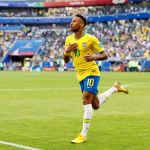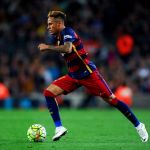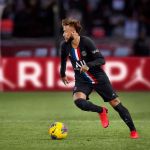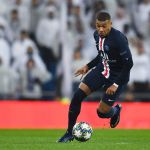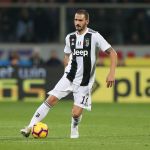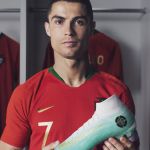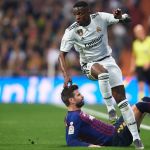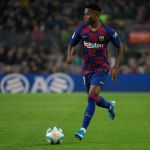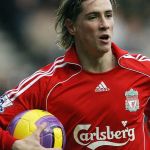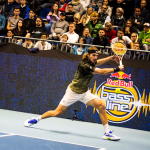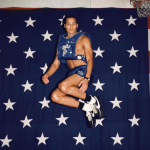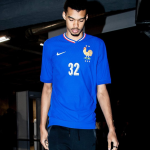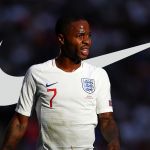
Nike still losing players, but is this a problem?
No more Neymar Junior or Sterling
November 13th, 2020
One of the most egregious sports news of 2020 was Neymar's signing with PUMA, a deal that ended O'Ney's relationship with Nike after 15 years of sponsorship. But he is not alone in abandoning Swoosh: Robert Lewandovski has almost definitively moved to PUMA, Sterling has left Nike and even Ibrahimovic, without definitive confirmation, seems to have abandoned the American brand. It's not easy to think that Nike has so easily gifted some of its best players to major competitors, so one wonders what's actually behind Nike's strategy.
Cristiano Ronaldo, Virgil Van Dijk, Kyllian Mbappe, Leonardo Bonucci, Jadon Sancho are the main players contracted by Nike and who represent the American brand in world sports merchandising. As explained by the website Soccer Bible, Nike has lost only a few important players in the sports testimonial market, but this is not a symptom of excessive weakness of the brand. Surely no longer having the player considered the strongest after Messi and Ronaldo is a painful blow, but the merchandising of a sports brand is not only measured by the importance of faces on advertisements. Interviewed by Vogue, Onside Law founder Oliver Hunt he explained that investing in a club is more important than focusing on individual professionals, because the biggest revenue comes from team merchandising, not players:
"When we advise people, both sponsors and clubs, you have to distinguish between the club and the people within it. And the biggest mistake is to attach any value to sponsorship to players within the club."
In other words, continuing to have the best clubs in the world is more profitable than having the best players. And Nike, by the way, continues to have them.
Due to this is because the testimonial market has evolved together with football. Nike was the brand that launched Joga Bonito and the trend of TV commercials, building first the myth of the worldwide testimonial (in this case Ronaldo the Fenomeno). Now it's different, because there are so many champions who are even potentially phenomenal (and marketable). Today's football is precisely dictated by the rhythms and plays of players under 25 who just over twenty already count Champions League won and hundreds of professional games. Nike's strategy could be just that: choose them, the talents of next gen, rather than the top players. Also for a matter of costs. Neymar is the fourth highest paid sportsman in the world and some of this money, until three months ago, were coming from Nike (the Swoosh served O'Ney a salary of 23 million euros a year).
The economic issue is necessarily contracted by the coronavirus pandemic, which also causes cuts in many other multinationals (not only sportive). To limit financial damages, Nike may have decided to cut heavier contracts to save the budget on other operations.











